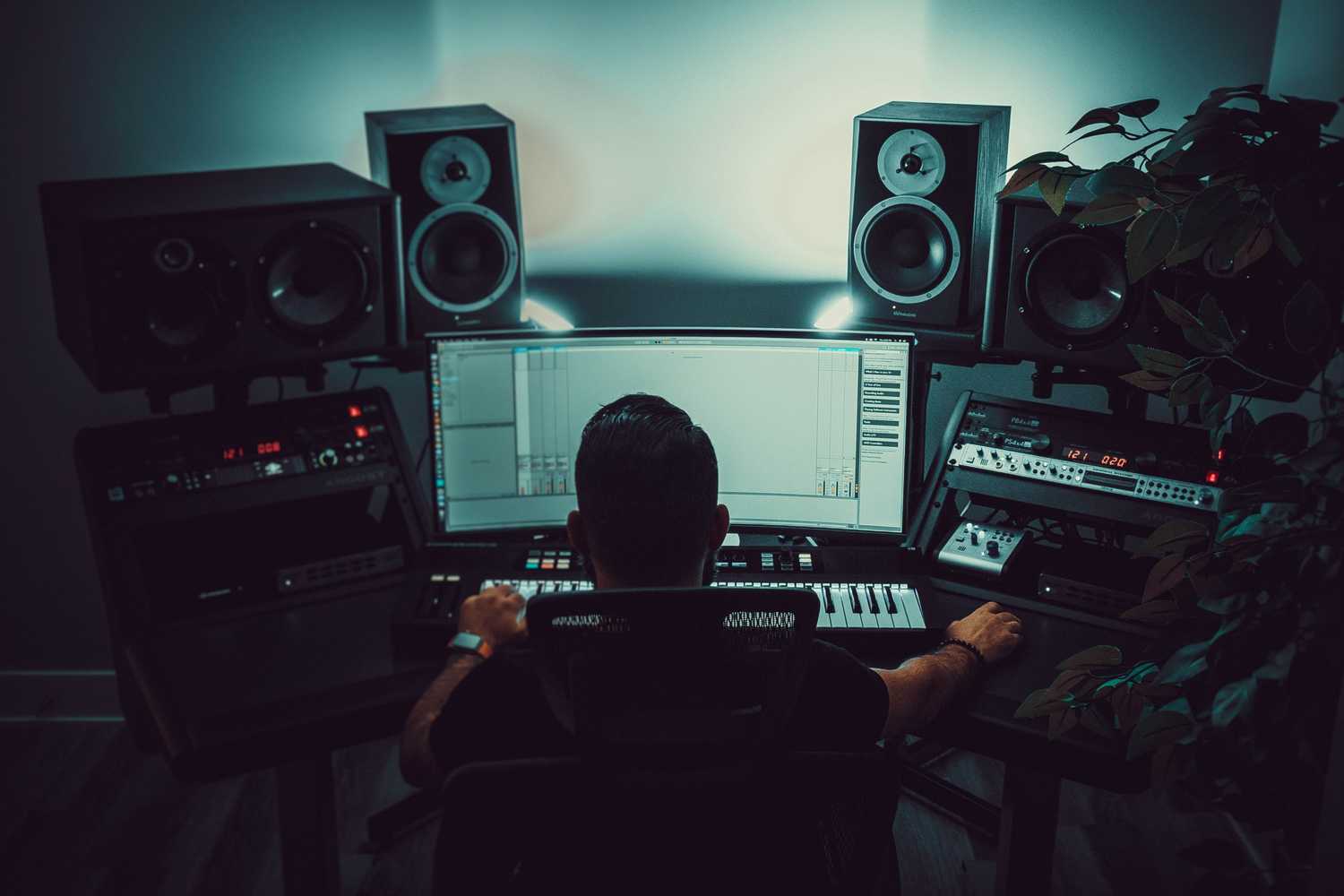Since the 2013 Dance Music explosion, commercial level House music has become more and more prevalent in the official UK charts, often viewed as inherently disposable, fleeting and a little bit shallow. These tracks are often labelled as ‘crossover records’.
But what does it actually mean? Well, in layman’s terms it simply defines a record that crosses from a less popular scene, into one with a broader commercial audience. Often in the form of a record that starts at an indie label, and then licensed to a major label, similarly representing the ‘crossover’.
It’s safe to say however, that 2018 has these seen these records in particularly affluent health. Artists like Weiss, KDA & Ritonbringing much needed relief to the British listeners with their simple but infectious melodies and large emphasis on aesthetic.
Even Scottish superstar Calvin Harris has confessed that he feels he is doing a “disservice” to himself for not letting the influence of UK House music influence his productions more.
It’s clear that this new wave of artists have been deliberately harking back to the 1990’s, blending its raw sound with the present-day interpretation of former club trends. The UK House sound is slowly reforming its legacy and cultural influence, even when separated from its roots in the club.
Toolroom has always been known for nurturing new talent on both sides of the listener spectrum. With a wealth of artists who have launched their careers in and around the label, including Dave Spoon (now Shadow Child), Fedde le Grand, Hardwell, and more recently Weiss – It seemed only fitting to pay homage to our commercial ties by releasing a sample pack of similar mainstream nature.
James F Reynolds Presents – Future Pop, is the first sample pack of its kind here at Toolroom Academy. We got in touch with the world class engineer gone mixer who kindly agreed to put together a sample pack for us. But not just any sample pack. A pack that’s brimming with top tier Dance music samples, produced with the finest tools in the industry and built with one sole purpose in mind; to create a masterful collection of sample sounds that are fit for radio, fit for the Spotify A-lists and fit for mainstream consumption. Without the cheese, bells or whistles.
Today, in respect of our collection of producer tools, we have set aside of a list of top tips and tricks to help you approach the crossover territory:
Firstly, 99% of crossover records have a feature vocal, or at least some tangible vocal melody, but not only that, it has to be good. Not all vocals need to be performed to an exceptionally high level, but a “hook” is almost entirely necessary. Think laterally when it comes to processing, if your vocal needs something extra, don’t be afraid to add some effects to spice it up. Make a habit of experimentation, but be aware that no amount of processing will fix an average vocal. How does that old saying go again? You can’t polish what?
Nowadays with the launch of Splice and the general growth of the sample packs industry, an enormous sound library seems like an essential feat, but in reality, when it comes to Pop House… it’s sometimes necessary to strip it back. The less elements used, the easier it will be to create a massive sound. Minimal instrumentation means your elements can be pushed much further due to the larger stereo space. This enhances clarity and boldness whilst allowing space for your vocal to sit nicely on top.
When it comes to studio gear, it’s always good practice to keep your finger on the buzzer, both in and outside of the box. Often, new technology can define the sound of what’s heard in the charts. Generally being culturally aware can help you predict trends and get ahead of the game. For example, fashion and music go hand in hand. Have you noticed the amount of young people dressing in 90’s attire? Have you noticed the amount of 90’s inspired Dance tracks?
Often, aesthetics and style choices can be hard to think up, so let your personal tastes guide your musical ones. The best way to get the most out of a production session is to transpose your emotional thoughts and tastes into your project. Ask yourself what excites you and consider how to put that down into your record.
You don’t, by any means, need to invent something new, but you should have the courage to freely experiment with your own ideas rather than analysing someone else’s work. As always, those tried and tested formulas will always work, but putting your stamp on your work will always help you stand out from the crowd.
On the most part, if you want your track to even stand a chance of gaining commercial success, you above all else need have a flawless and dynamic mix. A solid mix will sound good on all systems; be it on the radio, in the club, in the car or on your headphones.
If you’re unsigned and have a great idea for a track, but your mix is a little rusty, why not invest in a professional mix? More often than not those artists who invest their own money into their craft, end up being the ones who fast track themselves to success.
James F Reynolds Presents – Future Pop is out now on Splice for all those interested in diving into the world of Pop House. James has an impressive list of credits on crossover records with Gorgon City, Sigala, Blonde, Sam Feldt, Jay Prior, Tiesto and Mark Knight so it’s safe to say this man has been there, done that and got the t-shirt.
With astronomical success already under his belt, it was only a matter of time before he focused his efforts into sharing his production legacy, transforming it into an infinite array of dynamite samples.
